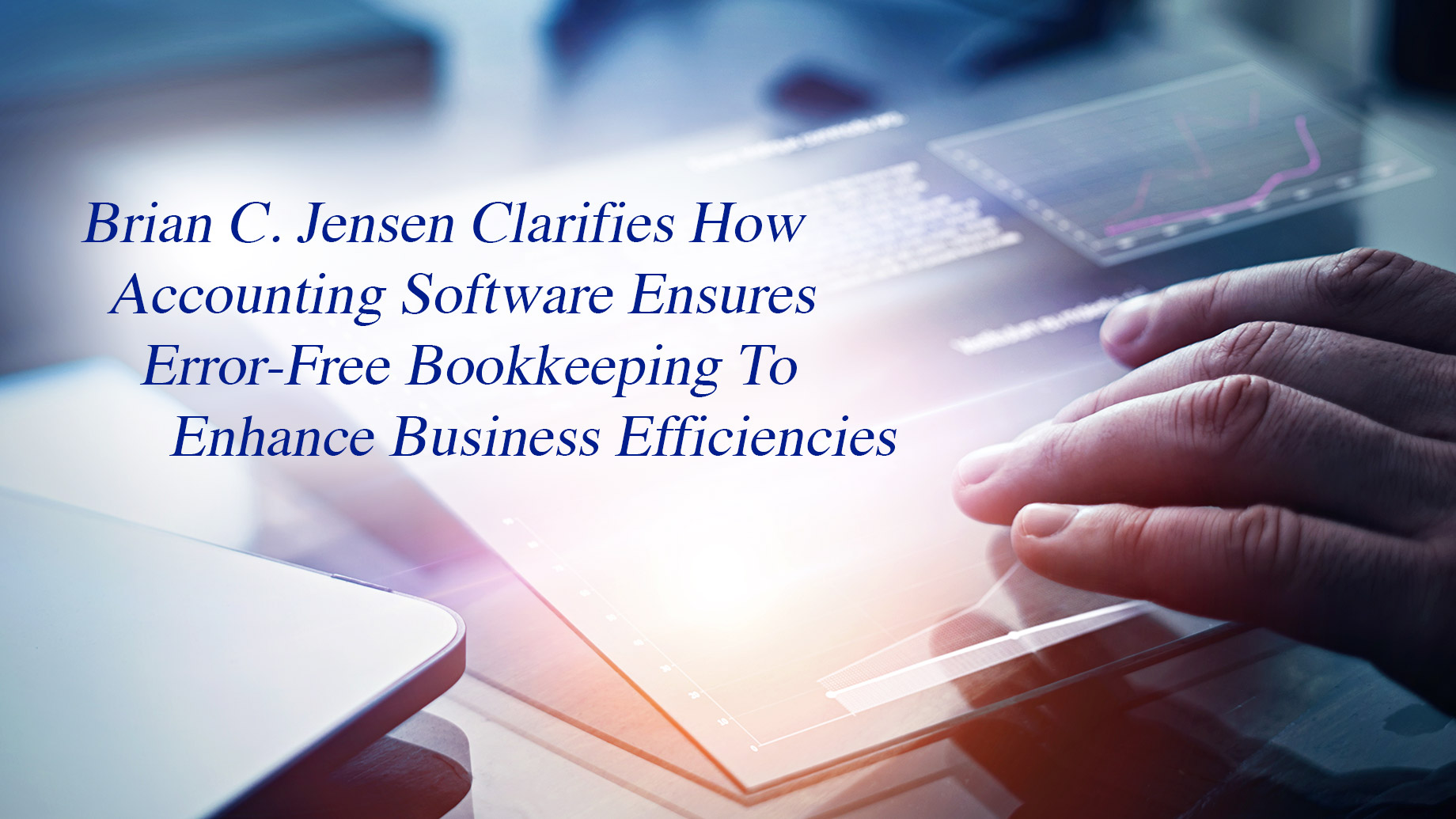
Although accounting and bookkeeping are different, the two functions merge within accounting software because no accounting is possible without bookkeeping. Capturing all financial data and recording it is the purpose of bookkeeping and accounting starts from where the activities of bookkeeping end.
Brian C. Jensen explains the relationship between bookkeeping and accounting in a simple manner – bookkeeping is the system of capturing and recording all financial data that forms the basis of accounting. Accountants use the bookkeeping records to generate various reports that demonstrate the financial capabilities of companies. Bookkeepers are custodians of all financial data, whereas accountants are its users. Therefore, it is pretty logical that any accounting software includes both the aspects of bookkeeping and accounting as these are interdependent.
Technological advancements have transformed the way business owners used to maintain their financial records, and today, most companies use automated accounting processes with the help of some accounting software. How accounting software is beneficial for businesses will become clear from this article.
Facilitating online payments is a feature of accounting software, says Brian C. Jensen
Accounting software has streamlined and automated the accounting systems and has also resulted in speeding up some of the business processes and even shortened the cycle of payment collection drastically. Collecting payments used to be a big concern because of the long process of depositing checks in the bank account and wait for its clearance that would stretch the credit cycle considerably.
Companies that use accounting software can integrate it with various payment gateways and insist that clients and customers make online payments that get credited instantly to the bank account. Cutting down on the payment recovery time helps strengthen the cash flow and plan for faster growth, opines Brian C. Jensen.
Billing and invoicing
Billing and invoicing are essentially commercial functions because it triggers cash flow that commences after fulfilling the credit terms offered to customers. Usually, 30 days credit is the prevailing norm across the industries, but often companies took almost the same time to raise bills and invoices because the processes were all manual. As a result, the list of accounts receivables kept expanding, and customers took longer to clear the payments. By using accounting software, companies raise bills and invoices at the time of dispatch so that the customers have no excuse for delaying payments. Yet, customers do falter, and having a proper system to send payment reminders before the due date possible by using the accounting software will help avoid payment delays.
Bank reconciliation
One of the core accounting features of businesses, the task of bank reconciliation, is now much more streamlined and faster courtesy accounting software. By connecting all business bank accounts to the accounting software, all bank transactions automatically integrate with the company accounts. To automate the process of categorizing and matching the imported bank transactions, you can configure the bank rules and custom criteria in the accounting software.
Soon upon matching the transaction, all you need to do is verify and confirm the data and reconcile it with the bank statement.